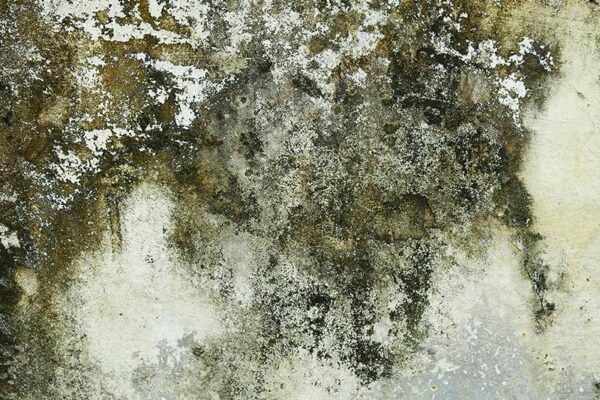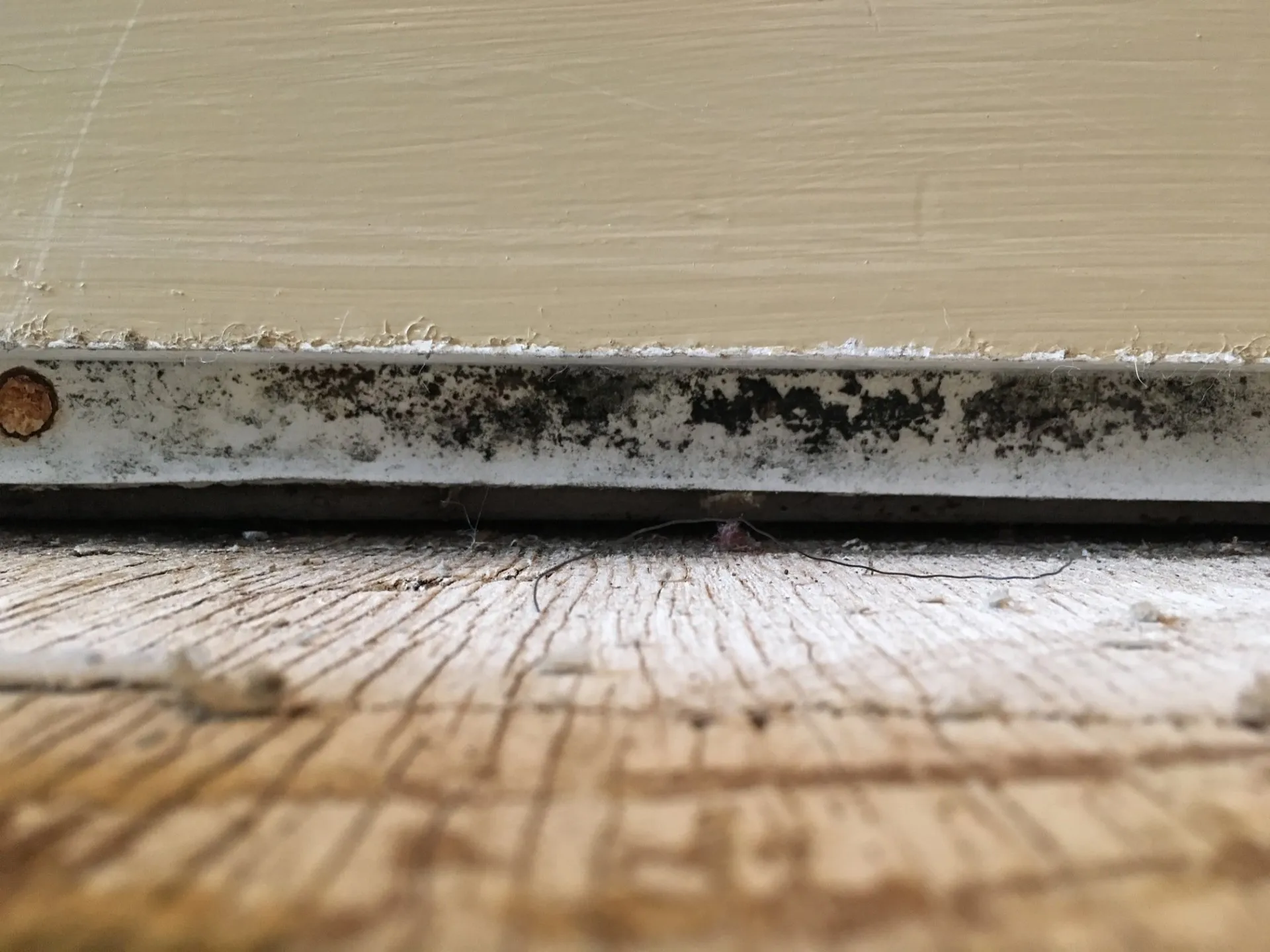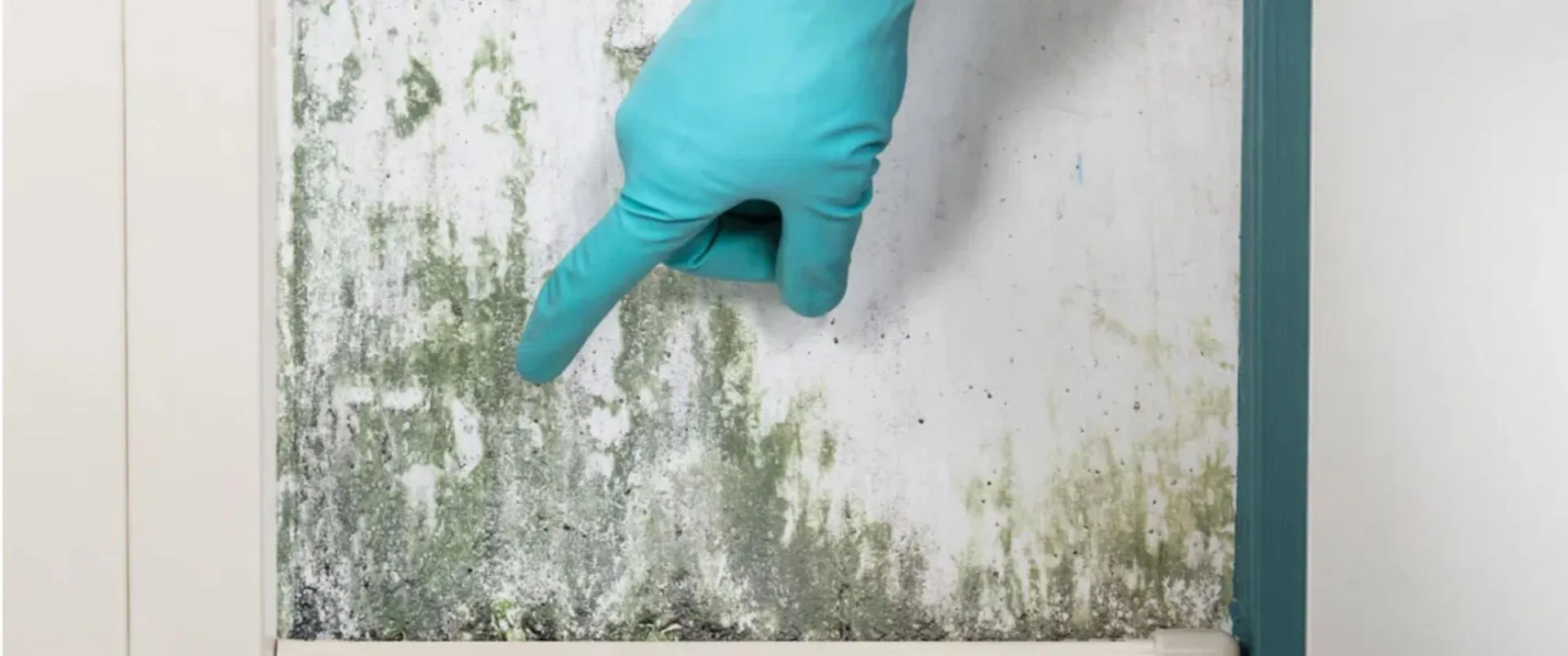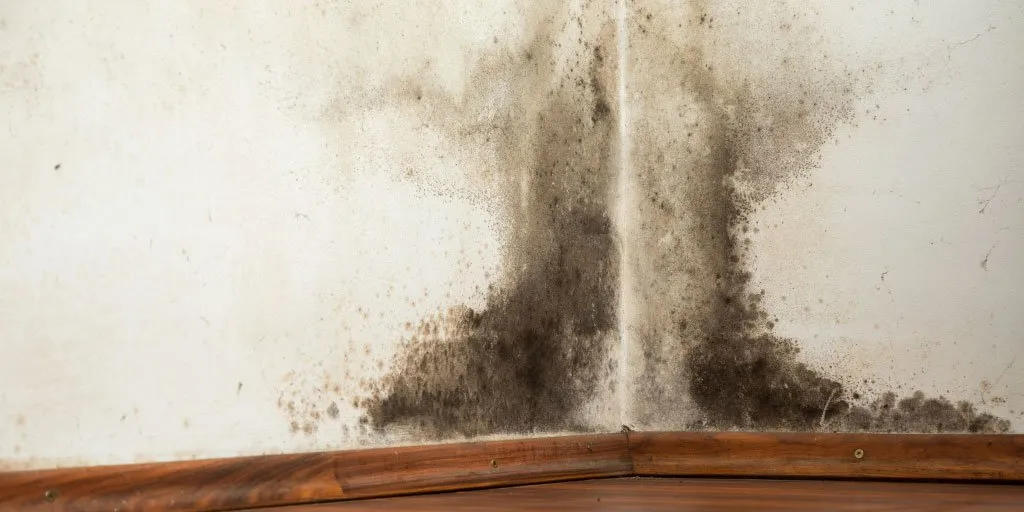
Mold refers to the numerous fungal species that grow by breaking down organic materials. With thousands of mold species found worldwide, some can pose dangers when found indoors, such as in your bathrooms, kitchens, sinks, and toilets. There are three different types of mold: allergenic, pathogenic, and toxigenic. Understanding these three classifications of mold is important because each carries health risks. That said, let’s learn about each type of mold found in homes.
Allergenic Mold
Allergic molds produce spores that can trigger allergic reactions in sensitive individuals. While some may not experience symptoms, those with existing allergies or asthma are more susceptible to developing allergenic mold issues. The severity of symptoms depends on the person’s sensitivity to mold spores.
Threat: Low to Moderate
While allergenic molds are not as hazardous as other mold types, they still pose a moderate threat, especially to those with respiratory conditions. If left unaddressed, continuous exposure and allergic reactions can lead to persistent discomfort and potential long-term respiratory issues.
Symptoms of Allergenic Mold
- Sneezing and congestion
- Runny or stuffy nose
- Coughing and post-nasal drip
- Itchy eyes, nose, and throat
- Watery, irritated eyes
- Dry, scaly skin rashes
- Wheezing and other asthma symptoms
Allergic symptoms caused by mold can range from mild and seasonal to severe and chronic, depending on the concentration of mold and the individual’s sensitivity level. Damp conditions tend to worsen flare-ups.
Examples of Allergenic Mold
Below are a few examples of allergenic molds:
1. Chaetomium: This mold starts white and fluffy but turns gray, brown, and black over time. It thrives on damp materials like wallpaper, drywall, and cardboard. Finding Chaetomium indoors is a bad sign because it means there is constant moisture. While it mainly causes skin and nail infections, its presence suggests a severe moisture issue that needs to be addressed.
2. Alternaria: One of the most common indoor molds with over 250 species. If humid enough, its spores blow in from outside and grow on carpets, wallpaper, fabric, and HVAC systems. Alternaria only needs about five days to mature fully. It’s a significant trigger for asthma and allergies and can even cause asthma in kids with prolonged exposure.
3. Ulocladium: This brown, gray, or black mold is a clear sign of severe water damage because it requires vast amounts of moisture to survive. It spreads on wet surfaces like water-damaged buildings and soaked carpets. When inhaled, the spores cause allergic reactions like asthma attacks, hay fever, and breathing issues. Ulocladium is often found with other toxic molds, amplifying its effects.
4. Serpula: Known as the dry rot fungus, Serpula can eat away at wooden structures even without constant moisture exposure. It typically lives on old, water-damaged wood surfaces. While infections are rare, it has been linked to hypersensitivity pneumonitis and worsening asthma symptoms.
5. Mucor: This fast-growing white, gray, or beige mold has a fuzzy, cotton-like texture. If moisture levels are high, it thrives on household dust in carpets, mattresses, and upholstered furniture. Breathing in Mucor spores can trigger coughing, sneezing, runny nose, sore throat, itchy eyes, sinus issues, and rashes. Damage caused by flooding often results in mucor.
6. Penicillium: This famous green mold often appears in old food. Scientists used Penicillium molds to mass produce the antibiotic penicillin – a lifesaving drug that revolutionized the treatment of bacterial infections. However, certain species release spores that can cause allergies and asthma attacks when inhaled.
7. Aureobasidium: Frequently found in bathrooms, kitchens, and other humid indoor areas, Aureobasidium is a mold that thrives in moist or damp conditions. It can grow on surfaces like tile, grout, behind wallpaper, around caulking, window frames, fabric/textiles, within HVAC systems, and wood. It starts flat but develops a velvety texture over time. This mold can cause skin, eye, and nail infections, especially in those with weakened immune systems. You must avoid touching it with your bare hands.
Pathogenic Mold
Pathogenic molds can cause infections, usually after spores are inhaled. Addressing moisture issues and avoiding exposure to pathogenic molds is crucial, especially for immunocompromised individuals.
Threat: Moderate to High
Pathogenic varieties pose a moderate to high risk for those with weakened immune systems and pre-existing conditions.
Symptoms of Pathogenic Mold
- Heavy, persistent coughing that may indicate a respiratory infection
- Shortness of breath or difficulty breathing could indicate lung inflammation or infection
- Skin rashes and lesions are potential symptoms of pathogenic mold infections on the skin’s surface
Examples of Pathogenic Mold
Below are a few examples of pathogenic mold:
1. Aspergillus: This common indoor mold starts white but can turn green, black, brown, or yellow as it grows. It spreads quickly in damp areas like carpets, walls, and pillows. Aspergillus is a pathogenic mold that can cause infection when the spores are inhaled. Aspergillus mold can cause an infection called Aspergillosis.
2. Candida: These yeasts are a type of fungus that lives on human skin or in the body. In people with weakened immune systems, Candida can cause various infections, from minor skin rashes to life-threatening bloodstream infections. Typical examples are oral thrush (mouth), genital yeast infections, and invasive candidiasis spreading through the body.
3. Cladosporium: With around 220 different species, Cladosporium is one of the most widespread molds found indoors. These black, brown, and olive green colonies thrive in warm and cold conditions in carpets, fabrics, wood, and enclosed spaces. Exposure causes allergic reactions like skin rashes, asthma attacks, lung infections, and sinus issues.
4. Cryptococcus neoformans: People can get infected by inhaling the spores of this environmental mold, though it’s very rare in healthy individuals. In immunocompromised patients, inhaled spores can cause infection in the lungs. If it spreads to the brain, it can cause cryptococcal meningitis.
5. Histoplasma capsulatum: This soil-dwelling mold causes the respiratory disease histoplasmosis when its spores are inhaled. In immunocompromised patients, the infection can become more severe. Symptoms may include a fever, tiredness, and a cough. H. capsulatum is found in soil with bird and bat droppings, with outbreaks often tied to construction projects disturbing contaminated soil.
Toxigenic Molds
Toxigenic molds are molds that may produce mycotoxins. However, these molds are generally not more dangerous than other molds when it grows in your home. Mycotoxins generally cause health risks when the mold has grown directly on certain foods. Symptoms when they are ingested in large amounts or ingested regularly over a long period of time.
Threat: High to Extreme
The threat level from toxigenic molds is similar to that from allergenic molds. To prevent the spread of toxigenic molds, professional remediation in Manhattan is recommended.
Symptoms of Toxigenic Mold
- Asthma attacks
- Coughing
- Post-nasal drip
- Sore throat
- Eye irritation
- Sneezing
Examples of Toxigenic Mold
Below are a few examples of toxigenic mold:
1. Acremonium: This pinkish, white-gray, or orange powdery mold thrives in extremely wet indoor conditions, mostly after flood damage. Damp areas like drainpipes, window sealants, humidifiers, and AC coils are common homes for mold. Acremonium can cause skin infections or respiratory issues.
2. Stachybotrys (Black Mold): Identifiable by its slimy black blotches or smears, black mold produces sticky spores that cling to surfaces and lay dormant until they are exposed to moisture again. While there are many myths about black mold, it actually causes similar respiratory risks to many allergenic molds. It favors humid areas around leaks, pipes, washing machines, damp cars, and condensation.
3. Trichoderma: Starting white or yellow and maturing to gray or dark green, this mold grows on water-saturated wood, drywall, paint, AC filters, and even mattresses. As it rots wood, it can compromise a home’s structural integrity if not removed properly. Those with allergies may suffer severe reactions like asthma, persistent coughing, and lung infections.
What Does Toxic Mold Look Like?
Many varieties of mold appear dark green, with a slimy texture, while others may have a grayish or ash-like appearance. The infamous toxicigenic mold is black mold, which appears greenish-black. It’s crucial to treat all types of mold by calling a professional mold remediation expert despite their color or physical appearance.
What Is the Most Common Mold Found in Homes?
The most commonly encountered mold in homes is forms of allergenic mold, including the Aspergillus, Cladosporium, and Penicillium genera. These molds can trigger asthma symptoms and allergic reactions, so it is important to remove them as soon as possible.
How to Test for Mold?
Air sampling is an effective way to test for mold. It involves capturing air in order to capture mold spores that are present. Then, these samples are sent to a lab to determine the mold type and concentration levels. Air sampling directly tests the mold spores to identify the type and concentration of mold. Some other methods for testing mold include surface testing, bulk testing, and swab testing, but air sampling is widely used because it’s straightforward and determines if mold remediation is needed.
Conclusion
Mold can be a threat to your health and property if not taken care of. There are types of mold, some that trigger allergies and breathing problems while others may cause infection in anyone who is immunocompromised. It’s important to identify and deal with mold issues promptly. Lamunyon Mold has the expertise to handle all kinds of mold situations. Our certified professionals have the knowledge and cutting-edge equipment to inspect, test, and resolve mold problems efficiently. We are dedicated to solving mold issues and making your home or workplace safe and healthy again. Schedule an appointment with us today. Your peace of mind is just a phone call away!




